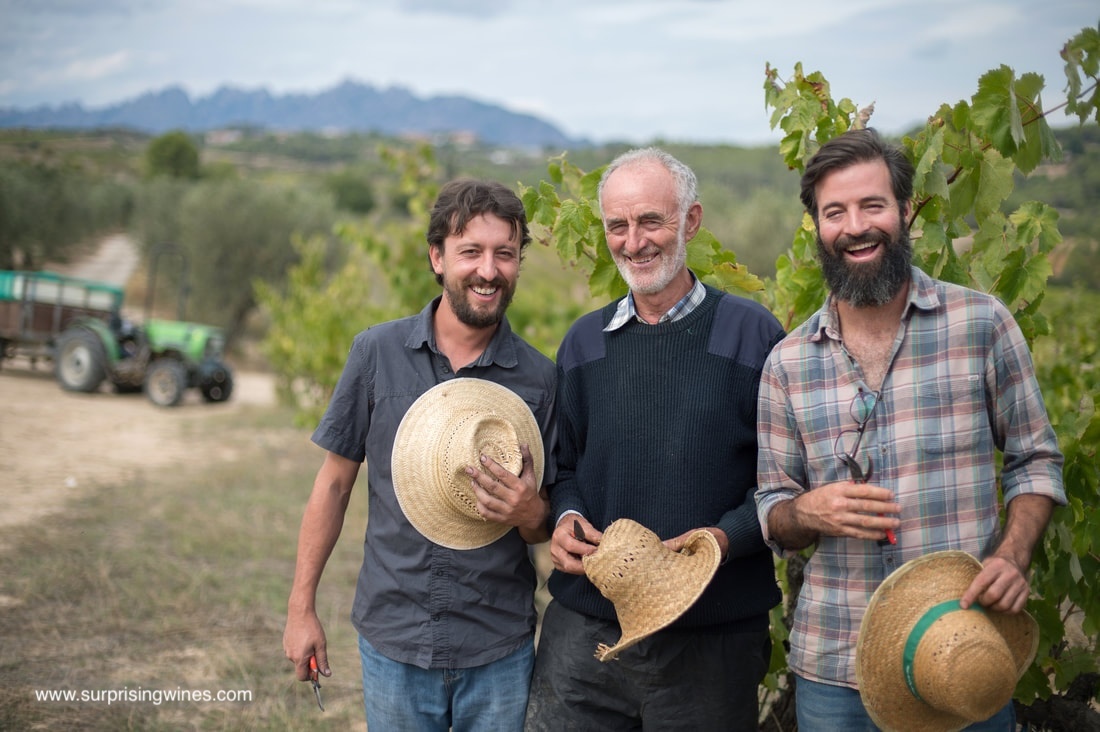
This month’s club features two adventurous Spanish wines from Penedès, a Dolcetto d’Alba from an iconic producer, and a serious-but-approachable rosé of Pinot Noir from a small producer in Menetou-Salon. Irene wrote up the Spanish wines and the Dolcetto; Andrea wrote up the rosé. We think you’ll enjoy the journey!
Happy sipping!
Irene’s notes:
Finca Parera
Penedes in northeastern Spain was recognized in 1960 as the first DO (Denomination of Origen) of Catalunya (Catalonia). Extending from the Mediterranean coast just south of Barcelona west through the inland mountains (Montserrati) where vines here grow on land that is diverse in microclimates and produce a range of wine styles within its overall warm mediterranean climate.
Broadly, Penedès is divided into three zones:
Penedés Maritim runs from the sea through the coastal mountain range
Penedès Central stretches across the elevated plains (up to 500m) between the coastal range and the inland monserrati
Penedès Superior covers the inland mountains from Montserrat to the Montmell at altitudes from 500-800m.

Of course there is plenty of wine history here (this is Spain, after all) starting with evidence of ritualistic consumption of wine by elites during the Iberian period. Additionally, excavations at the Font de la Canya site in Avinyonet del Penedès unearthed carbonized and mineralized seeds from the 7th century BCE indicating it was likely Phoenicians who brought wine to the region originally.
During the Roman period of the 2nd century BCE wine consumption was universal. Many farmhouses of that period included wine production and cellaring areas. During the Middle Ages (after the Romans) the church stepped in to uphold production until vineyard planting slowly re-emerged during the period of repopulation over the 8th-15th centuries CE. It’s been pretty much nothing but progress in Penedès ever since.
Finca Parera, this month’s Penedès producer, was established in 1999 when Jordi Parera and his son Ruben Parera, began making wine at a small farm winery in the town El Papiol near Sant Llorenç d'Hortons in the Penedès Montserratí. Today their winery is in the town of San Juan Samora where they make wine using natural vinification methods from the various vineyard sites they have amassed over twenty years.
Their vineyards are farmed using biodynamic practices including the cultivation of crops in addition to grapes (fruit orchard, cereals, olives not only for their production but also to provide secure purchase for pollinators and beneficial insects); the keeping of bees and livestock; growth of cover crops between vine rows; introduction of natural compounds in lieu of any chemical interventions in the vineyard. Their vineyards are certified biodynamic by Demeter.

Finca Parera Clar 2022 is a blend of white grape varieties grown at 300m in the Alt Penedès Montserrati. 80% of the blend is Xerel-lo, the most prominent indigenous white variety of the region, along with several other white varieties including Parellada, another indigenous grape.
The grapes are harvested by hand to ensure only clusters of desired ripeness are pulled. These clusters go into 250kg harvest crates. These small harvest crates limit damage to grape clusters while on their way to the winery, an important initial measure of quality control.
Once at the winery the grapes are destemmed and crushed. 30% of the stems are retained (along with the skins - if we had stated the grapes were ‘pressed’ you would know the skins were to be discarded) and included in the stainless steel tanks for a few days of infusion/maceration at low temperatures prior to fermentation (low temperature slows oxidation and retards fermentation). During this infusion period the skins release pigment and flavor compounds to the must (unfermented grape juice).
After a few days the temperature in the tank is encouraged to rise allowing natural yeast fermentation to begin. So far this process is very much typical red winemaking but we are about to diverge.
Red wine production will generally include moving the fermenting juice around the skins and stems via some sort of ‘cap’ manipulation (the cap is the mass of grape solids and vine material that floats above the fermenting juice) to achieve more phenolic and tannin extraction during fermentation. In the case of Finca Parera Clar the goal is to achieve extraction in balance with the varietal character so the cap is left undisturbed until spring when the wine is drained and the skins/stems are pressed (then cast aside).
Why the 30% stems, I hope you’re asking? 1- fermenting with stems increases the aromatic expressiveness, texture and length of wine and 2 - stems provide drainage pathways for the juice that allows for gentler pressing which reduces harsh extractions from the skins, seeds, and stems.
In this tasting note I’ll try to link the winemaking techniques employed with what comes across in the glass. I’ll use a widely accepted approach to evaluate the wine and draw a few conclusions. So, here goes:
Appearance - slight cloudiness; medium gold hue.
A cloudy appearance will result from light or no filtration particularly when skins are included in the maceration and fermentation. While the wine is drained away from the cap and then settled, allowing larger particles remaining to precipitate to the bottom of the tank, tiny bits often remain in the absence of filtering
Medium gold hue will be derived from the skins. During the maceration period anthocyanins (color compounds) from the skins are released to the must providing this color to the juice.
Nose - primary aromas (from the grape) include bruised apple, just ripe peach, golden apple, quince paste, wet stone and blossom; secondary aromas (from winemaking) include yogurt, fresh cheese rind, biscuit.
Primary aromas are derived from the quality of the grape. These are preserved in the wine via cooler maceration and fermentation temperatures. Peach, apple and quince are apt descriptors for Xerel-lo and Parellada as well as other varieties in the blend. A bruised apple quality, however, comes from oxygen over an extended period of maceration.
Secondary aromas come from winemaking. In this case the secondary aromatics are coming from the dead yeast cells shed as the fermentation proceeds. The larger of these particles will sink to the bottom of the tank as they expire will the smaller bits will remain in suspension adding aromatics, texture and an important degree of oxygen protection to the finished wine.
There is a third class of aromatics not present in a wine of this age and those are tertiary aromas resulting from the aging process.
Palate - sweetness level is dry (all sugar has been converted to alcohol), acidity is medium (young wine from grapes with noted level of natural acidity), body is full (resulting from both grape character and skin contact), alcohol is medium (due to level of grape ripeness), tannin (not typically present in a white wine) is medium minus (result of skin contact), fruit intensity is medium (nature of grape and fermentation temperature), concentration is medium plus (nature of grape, growing conditions, winemaking and shown as layers of fruit, blossom and minerality).
Conclusion: This wine exhibits a balance of primary and secondary character with structural elements of acidity, and tannin. The fruit intensity is enough to rise through these structural components both aromatically and on the palate. Its long finish comes from acidity propelling fruit characteristics along the palate while tannic structure serves to help those flavors stick around. Finally, this wine exhibits concentration in the presence of layers of peach, blossom, apple, quince, wet stone, tangy yogurt and soft cheese bloom.
Finca Parera Clar is the wine for foods that are hard to pair with wine, like Indian curry, Korean dishes, artichokes and asparagus even. Steamed artichokes with vinaigrette are a perfect starter for an asparagus risotto main.

Finca Parera Fosc 2022
This is a blend of 40% Sumoll, a nearly extinct variety indigenous to this region, as well as Tempranillo (here known as Ull de Liebre) Granatxa Negra, Monastrell, and Syrah. All are grown at 237m on the calcareous clay soils of the Parera 10ha estate. The vineyards are worked using biodynamic practices and are certified biodynamic by Demeter.
Grapes are harvested by hand to ensure ideal ripeness and then placed in 250kg harvest crates for transportation to the winery in pristine condition. Making use of small crates reduces the incidence of crushed grapes toward the bottom of the crate prior to reaching the winery which can result in unwanted oxidation among other issues.
Once the fruit reaches the winery grape varieties are handled separately. Each variety is destemmed (stems are discarded), and NOT crushed before being put into tank for a few days of maceration. This process is called whole berry fermentation or semi-carbonic fermentation. The berries in tank will rest in three ‘environments.’ At the top the berries will be intact, in the middle berries will be in contact with the juice from the berries below which, having been crushed by the weight of the fruit above, will have released their juice. The berries on top are subject to intracellular fermentation, a chemical process, that results in a small degree of ethanol production and some color transfer from the skin to the pulp prior to the skin bursting open, releasing its juice.
Since the ideal temperature for intracellular fermentation is about 30C the lower tank will begin to ferment via ambient yeast in short order. After a few days the tank temperature is reduced for a long, cool natural yeast fermentation. The goal of this process is to produce red wine of modest extraction and tannin with vibrant primary fruit character.
When the fermentation is complete, and the wine is dry, individually fermented varieties are drained away from their skins. The skins are pressed and that volume of juice is used for other purposes while the ‘free run’ wines are blended together. This blend is placed in cement tank until the spring to naturally clarify prior to bottling without fining or filtration or the addition of SO2 (when the moon is waning).
Fosc 2022 has a cloudy appearance with a medium purple/ruby color and a pale pink rim. Aromas and flavors of plum skin, blackberry, and crushed strawberry along with red apple skins, graphite, dried leaf and the bloom of a dried saussicon. A nice level of acidity moves all of these flavors across the palate while a pleasing level of smooth tannins to ensure length. Drink this wine after a bit of a chill with salumi and cheese; with any old paella you might be cooking up or with a mixed grill of sausages, chicken and veg.
###

Poderi Colla Pian Balbo Dolcetto d’Alba 2022, Piedmont, Italy
Poderi Colla is a relatively recent wine producer though one with a fascinating background. This is the story of Beppe Colla, a true titan of Alba and the Langa.
After graduating winemaking school, Beppe worked for a respected producer of Barolo and Barbaresco in Alba, Bonardi. At Bonardi, Colla was given the opportunity to run an experiment on two barrels of the 1950 harvest. At that time the approach was to leave red wine to macerate on the skins after harvest for two months before draining the juice and pressing the skins. Colla knew this was a long time, suspecting that 15-20 days was more appropriate, so his two barrels got 18 days maceration that harvest. The results were a success and his method was adopted for the entire production of the winery, slowly being taken up by other producers as well.
In 1956 Beppe Colla purchased Prunotto where he elevated the quality and reputation of that estate by elaborating distinguished vintages through 1993.
Beppe Colla joined a commission, begun in 1960, with Renato Ratti, Gildo Cavallotto, and others; building on work done before the war, they delineated the region of Barolo in preparation for the DOC. Their focus in defining which sites would be included was on typicity. In a Decanter article of 2016 Colla explained typicity as “a notion linked with appellation, of course, but also with the vineyards, the grape variety and the vintage. We can encode the density, the exposure, the altitude, but the typicity is also linked with common sense, and this is not sold by tons.”
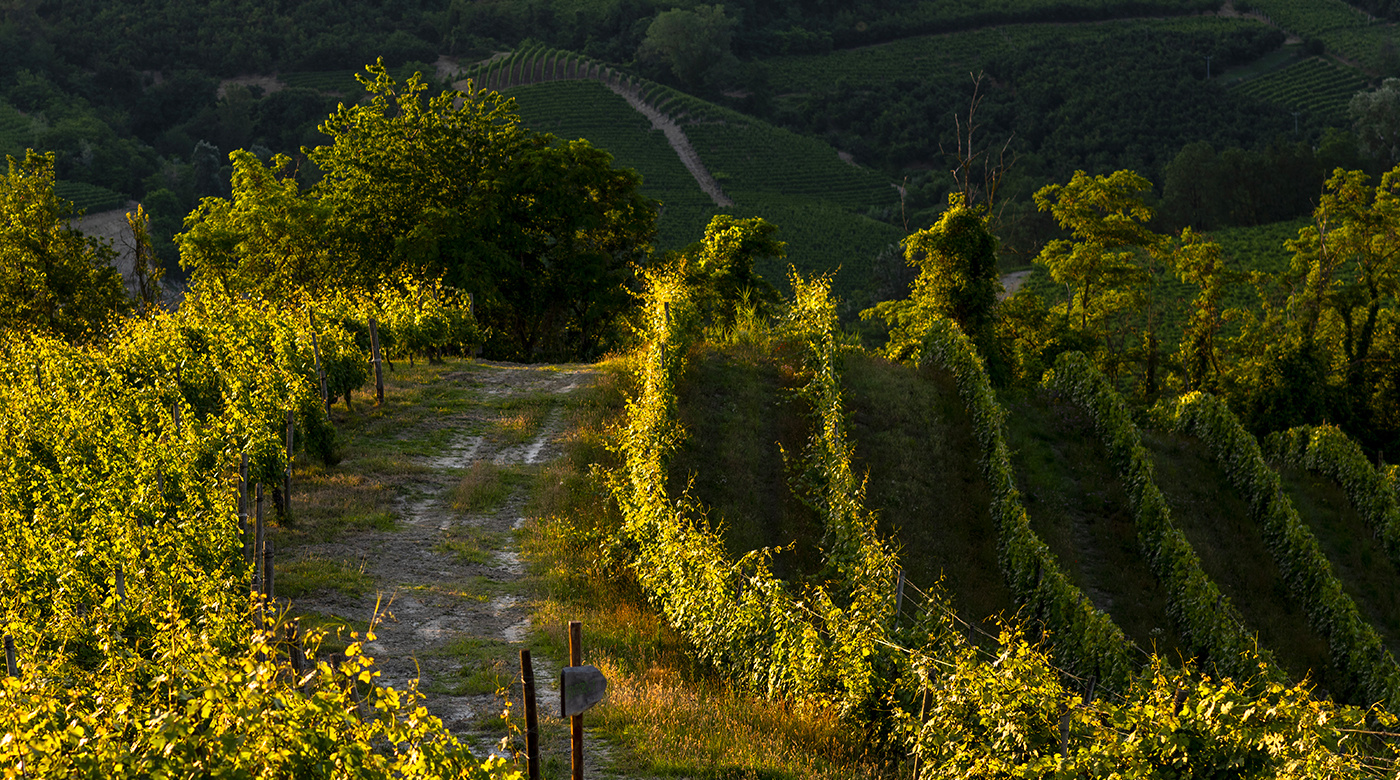
So, he was a tough critic, but Colla was a tireless advocate for improving the quality and image of his region overall. In episode 419 of the I’ll Drink to That podcast by Levi Dalton, Colla described the effort to convince reluctant growers to drop a third of their potential harvest on the ground before the fruit begins to ripen to lower yields and improve quality. The growers first reactions were of horror as they were paid by the ton. Colla’s job was to earn their trust in the notion that lower yields would lead to higher quality which would result in higher payments to growers for superior fruit. The strategy was a success. Quality, and reputation rose, followed by prices
Another great impact he had on the wines of Alba was his conviction that grapes should be segregated by site prior to vinification. The norm in Alba until 1961 (a great vintage) was to mix everything together for wine of the region. Colla, having visited Burgundy in France, was impressed by the distinct expressions wines of various single crus could achieve there and knew the same distinctions were possible in Alba. Over the years he (and presumably others in the appellation) experimented with producing wines from single sites and it was Beppe Colla of Prunotto who first identified those ‘cru’ as such on his labels. This is now the way it is done in the Langa.

All of his quality advancements he shared widely and without favor. My favorite from amongst the many remarkable innovations Beppe Colla brought to his region of Alba, was aimed at gastronomy: The Order of the Knights of the Truffle and Wines of Alba.
Perhaps borrowing the idea from the Michelin Guide, Colla and a few of his winemaking pals (Ratti, Mascarello, Bressano, Degiacomi) launched a similar initiative in Alba which, as it evolved, became a showcase for the talent and superior produce of Alba, essentially resurrecting a dying cuisine and culture. The guy was an indefatigable booster for his region.
Finally, after leaving Prunotto in 1993, Beppe Colla along with his brother Tino, and Tino’s daughter Federica Colla established their namesake winery. Poderi Colla was established in 1994 with vineyards in Bussia di Monforte, Roncoglie di Barbaresco, and Cascine Drago in Alba. Today the Poderi Colla vineyard holdings also include Bricco Bompè in Madonna di Como di Alba. These are managed, as is winemaking, by Beppe’s nephew, Pietro since 2006.
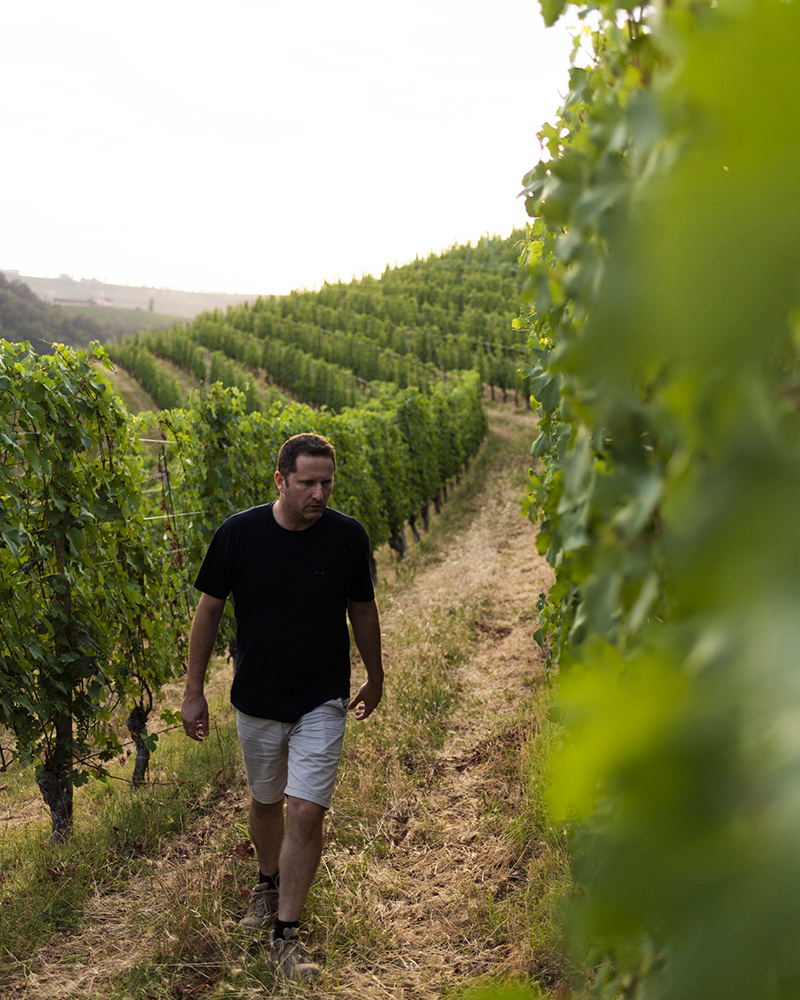
Poderi Colla, Pian Balbo, Dolcetto d’Alba 2022 is 100% Dolcetto, harvested by hand, destemmed and crushed then macerated on the skins for 5-7 days at 22-24C. After pressing the wine rests in stainless steel until bottling in spring.
The name Dolcetto derives from this grape's ability to withstand dry and windy conditions which occur at the tops of hills, the ‘dosso’. Originally called Dossetto, the ‘dosso grape’, it is now called Dolcetto. [According to some, Dolcetto means ‘little sweet’, referring to the low natural acidity of the grape.] As an early ripening variety it is, indeed, well suited to higher, cooler sites where Nebbiolo and Barbera may not ripen.
Tasting note: This wine shows a very attractive bright purple/red color of the youthful wine that it is. Aromas of maraschino cherry, and plum and spice follow through on the palate along with fine though quite noticeable tannins and reasonably light alcohol at 12.5%. Serve this at cellar temperature (57F - ish) with a tomato pizza or Pappardelle with a simple mushroom ragu. You could scrape a truffle over it if you have one sitting around but I’m not condoning that use of truffle here.
###
Well that's a tough act to follow, but here are Andrea’s notes and photos on Chavet:
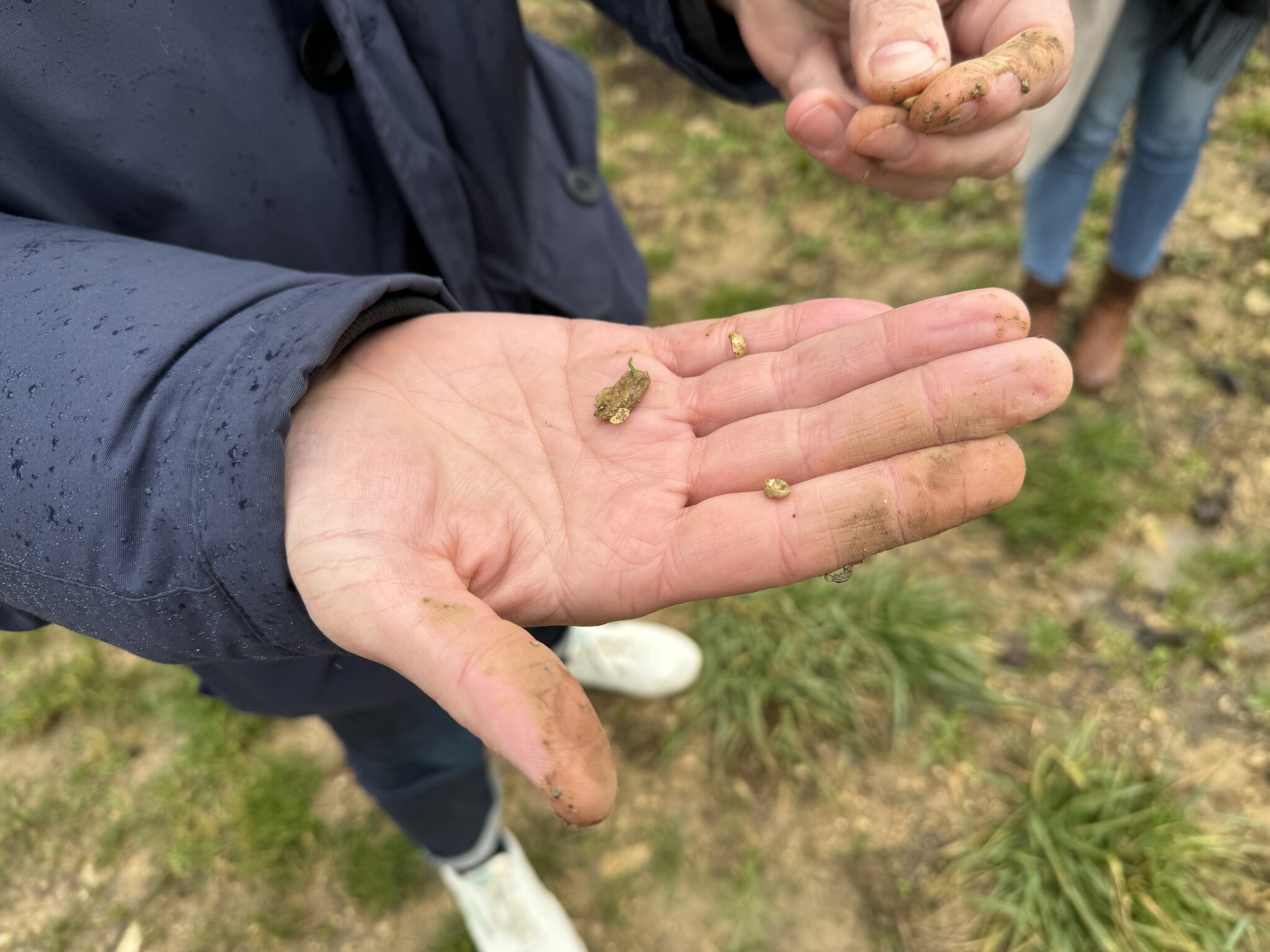
Domaine Chavet Menetou-Salon Rosé Les Cent Neuf Rangs 2023 $24.99
Menetou-Salon is a commune and appellation in the Cher department of France’s central Loire Valley, just west of Sancerre, its much larger and more famous neighbor. It shares similar soils with Sancerre, mainly limestone and rendzina (humus rich with soft calcareous marl or chalk) but its vineyards, of which there are around 600 hectares, are flatter and less compact, giving Sancerre the edge on mesoclimate (that which is specific to a restricted geographic place). Like in Sancerre, the main grape here is the white Sauvignon Blanc, which is responsible for 60% of the production. Pinot Noir makes up the rest in the form of red and rosé. Sauvignon Blanc grown here is capable of making wines that rival Sancerre but at a much friendlier price. Pinots tend to make lighter-style, aromatic reds and pinks, mostly (but not always) for earlier consumption––also similar to Sancerre.
The cultivation of vines here can be traced back to the 11th century when the land was owned and controlled by noblemen, the Seigneurie (Lordship) of Menetou-Salon; historical records dating to 1063 show the donation of many hectares of land and vines by the seigneurie to the church. Anything in the pursuit of saving one’s soul…hope it worked! Or not, considering the general exploitative history of noblemen. In any event, the gift of the Clos de Davet to the Abbaye Saint-Sulpice de Bourges is one such example of this extreme tithing for salvation or favor; another was the donation of land and vines in 1190 to the Abbaye de Loroy by Hugues de Vèvre.
The Chavet family has been growing vines in Menetou-Salon since the 17th century, and the estate now spreads over 23 hectares, with additional holdings in Pouilly-Fumé and Quincy. Antoine de la Farge is the current generation in charge. Antoine was greatly influenced by his grandfather, Gerard Clément, who was one of the most respected winemakers in the region and one of the founders of the appellation.
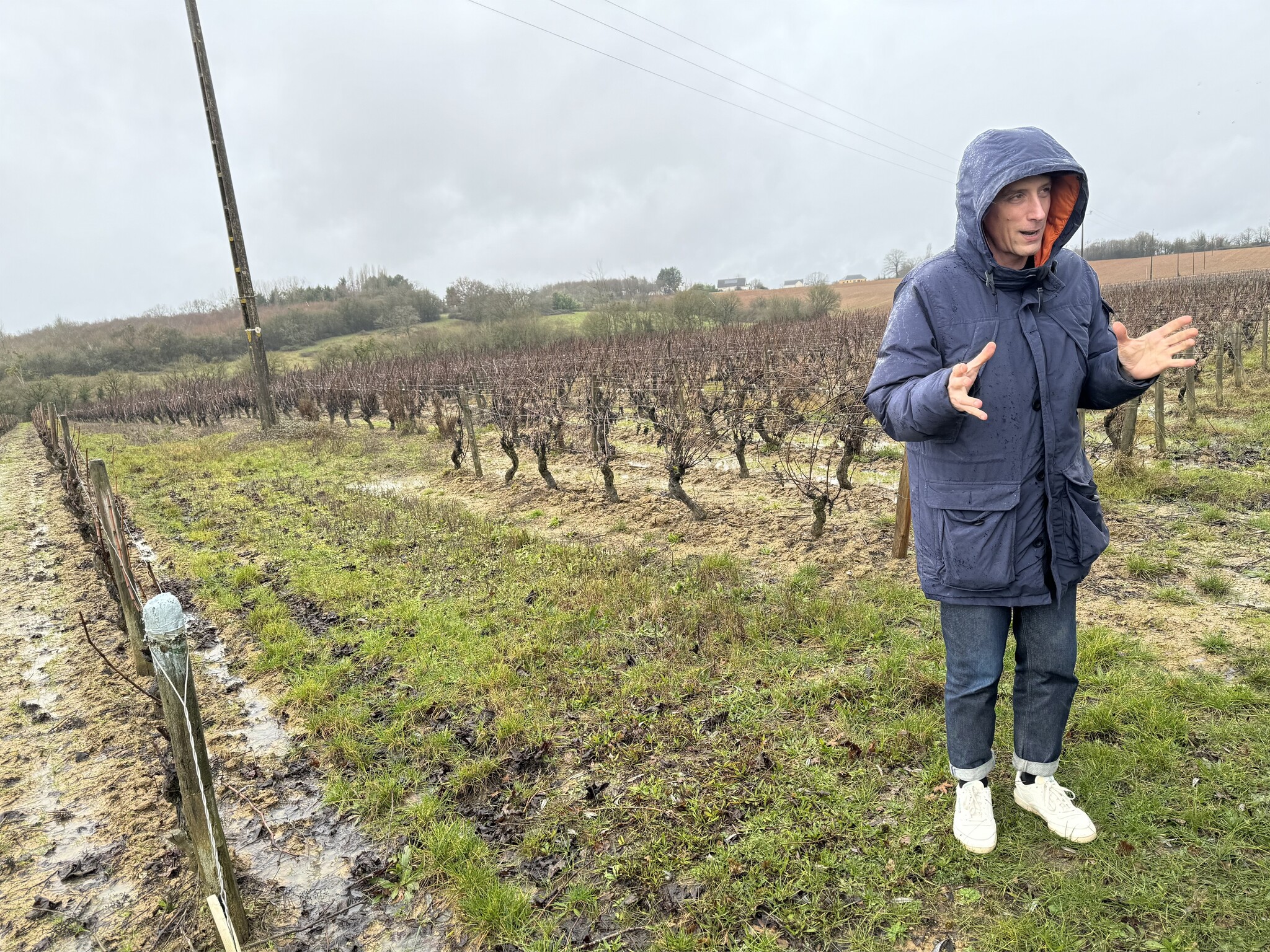
Antoine started his career in a wine shop then later became a wine buyer for one of France’s largest wine merchants. He spent 12 years gaining experience as a winemaker, some of that time spent in Australia. He returned to the family domaine in 2012. As winemaker Antoine is a great believer in the importance of place. Chavet was another producer visited on that wine trip back in January. Antoine was a gracious host, clearly in love with what he does and with the land that is placed in his trust. In the vineyards, in the cold and rain, he enthusiastically showed us tiny fossilized oysters known as Exogyra Virgula, often referred to as oreilles de poules (chicken’s ears) by the locals. As he crumbled rocks revealing more and more of these ancient critters, he mused to us, and, seemingly to the universe, “how much more do we need to see to know that on this earth we are nothing?” Right on, Antoine. We liked this guy.

Antoine further says, “A winegrower does not inherit the vineyard, he or she is its guardian for future generations. It is in this spirit, and with the belief that in order to obtain a great wine it is necessary to accompany and preserve nature, that the estate has, since 2002, had Terra Vitis certification, a label that certifies that the wine is produced using sustainable viticulture techniques. Biodiversity is our priority in the vineyard. This is why we no longer use weedkillers and favor the use of grass cover and soil management techniques. In the cellar, we accompany the natural transformation of the grapes with extreme gentleness, limiting our interventions to the strict minimum, according to the daily tastings. All our wines are aged––from 6 months in vats to 18 months in amphorae and barrels––in order to reveal the depth and essence of our great terroir.”
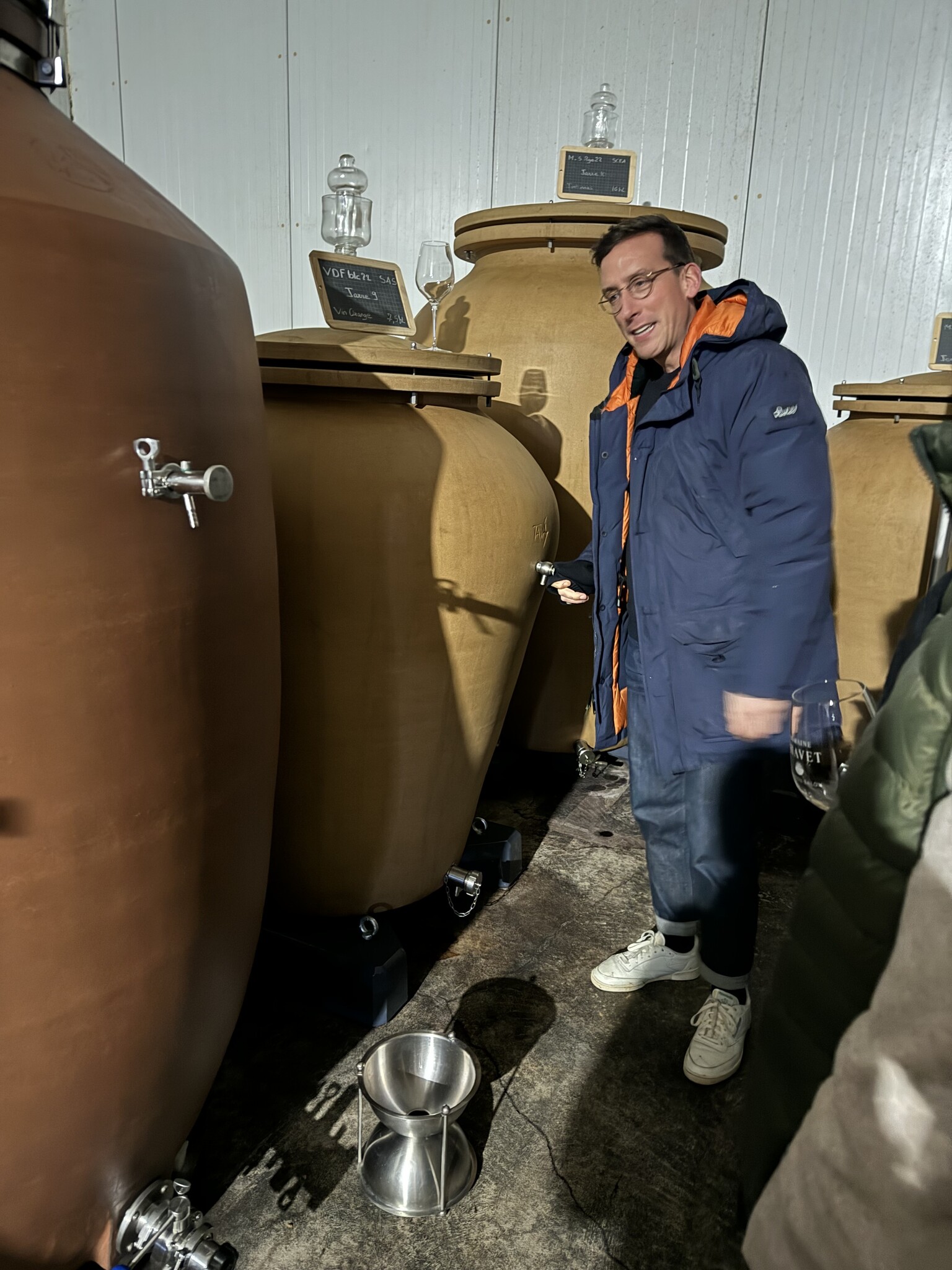
2023 in the Loire presented numerous viticultural challenges. A mild winter led to early bud-set, and that always makes the risk of frost an anxiety inducing nightmare. A dry spring became rainy towards the end of June which increased the chances for mildew. Many producers required significant green harvesting to thwart this threat, thereby reducing yields. Harvest conditions were also wet, and warm too, which sounds rather unpleasant. But! The wines are overall airy and fresh––sunny even––with modest alcohol levels and generous concentration of flavors.
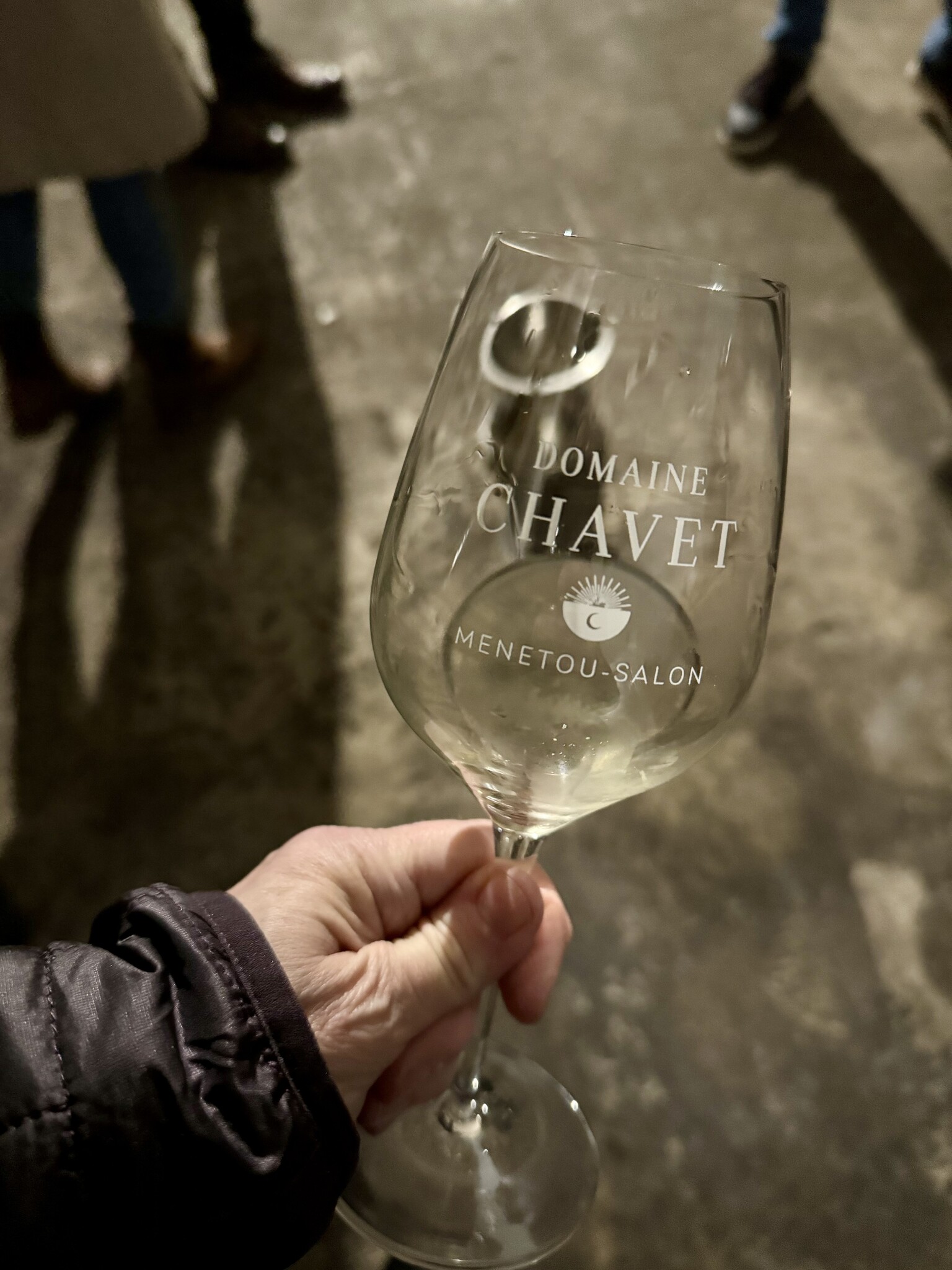
Les Cent Neuf Rangs rosé is 100% Pinot Noir from a single vineyard of 109 rows. Hand-harvested, gravity-fed, no added yeasts. Ten percent of the wine spent six months in barrel, the rest in stainless steel. No malo. On the nose there’s a lot of fruit––from strawberry, to plum, to peach, to watermelon. The texture hints at richness right up front but quickly turns to brisk minerality and litheness. As it opens up the red fruit mingles with green garden herbs, red bell pepper, and a light spiciness and herbaceous-ness emerges on the finish. Antoine suggests that this is a wine that needs some time, and that it might show itself best in two to three years. With that in mind, it wouldn’t be a bad idea to decant, and to not serve it too cold, as the cold will mute its expressiveness and subtleties. So pull it out of the ice bucket before a deep-freeze and serve with seafood like simple white fish poached in butter or olive oil, perhaps with some tarragon. Of course fresh goat cheese from the Loire would be a good choice. And grilled shrimp with avocado and a squeeze of lemon would do the trick too.
Members receive a 10% discount on regularly priced wines, regardless of whether or not the wines are part of a club pack. This discount does not apply to sale items, blue-tag wines, or boxes/cans/alternative packaging and cannot be added to any other discount or promotion. The discount is good on wine only, and is active for the duration of the club membership. As of now it can only be used in-store or over the phone; it will not work online. Twelve bottle case discount remains 12%.
